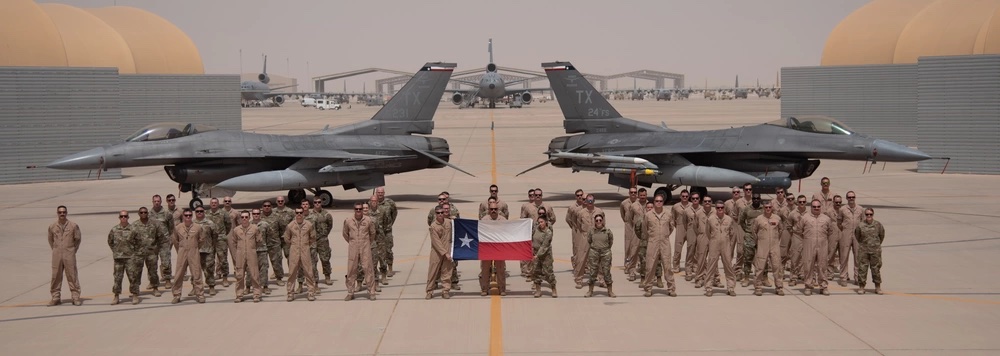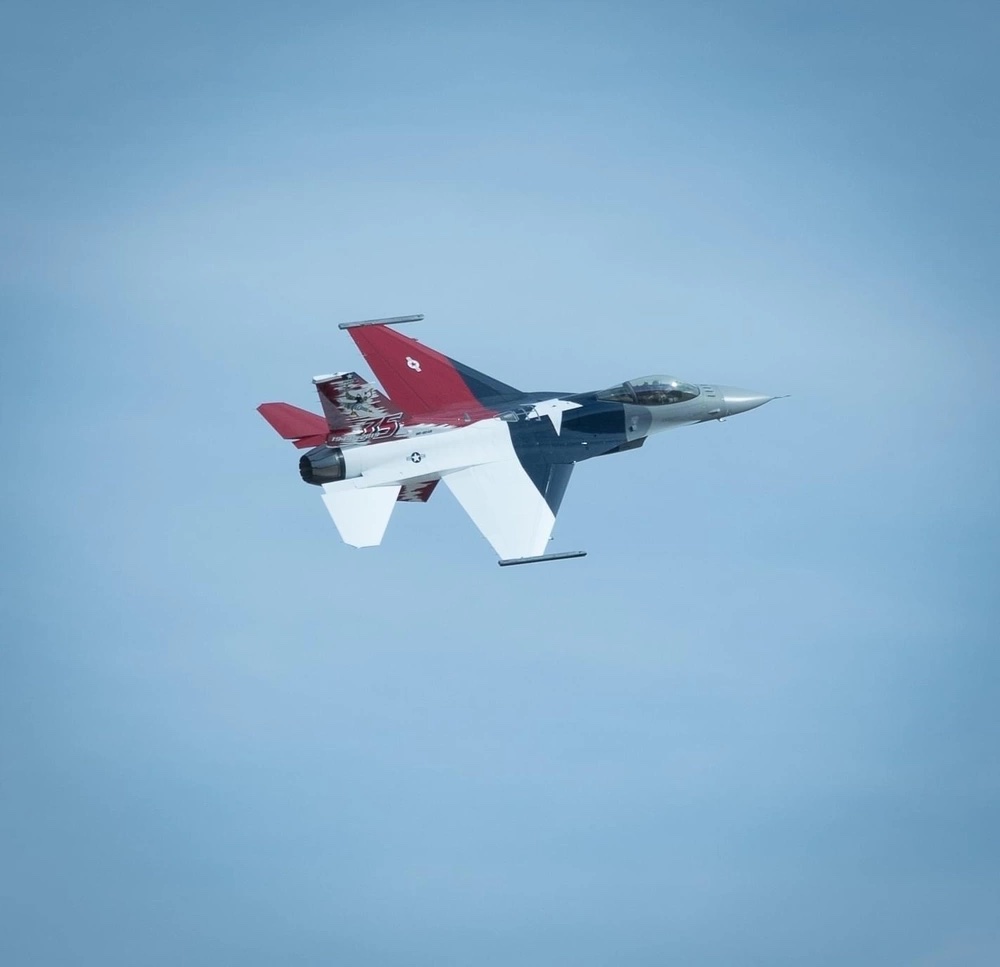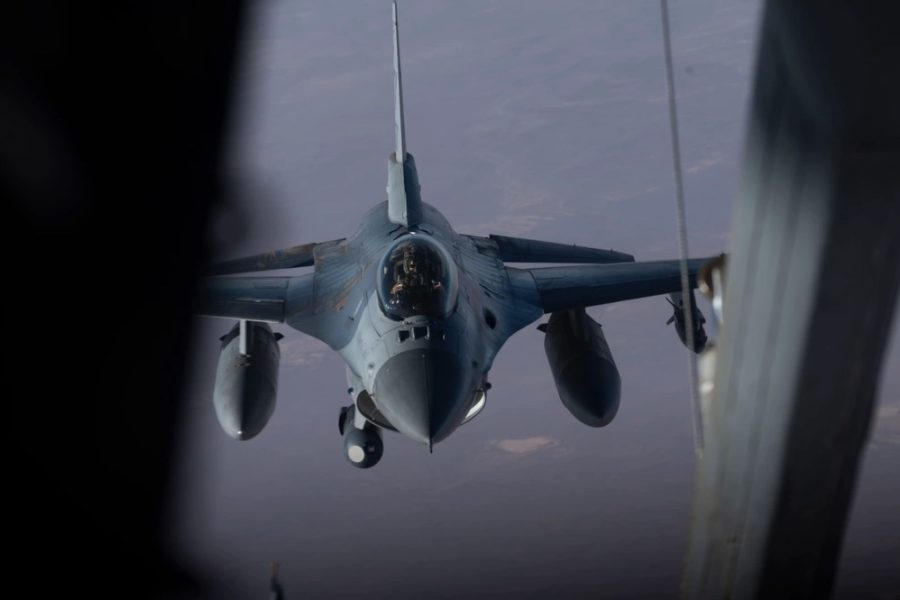The end of an era is swiftly approaching for the Air Force Reserve’s 301st Fighter Wing.
One of its units, the 457th Expeditionary Fighter Squadron, is finishing its final deployment with the F-16 Fighting Falcon, widely known as the Viper. When the squadron returns home to Naval Air Station Joint Reserve Base Fort Worth, Texas, later this month after its deployment to Prince Sultan Air Base, Saudi Arabia, the unit will begin transitioning to the F-35A stealth fighter.
The 301st will be the first Air Force Reserve Command wing equipped with the F-35. It is expected to receive its first fifth-generation fighter in 2024, but to reach that point, it will have to say goodbye to its longtime F-16s.
“These F-16s have been part of our squadron for almost 30 years and have safely carried [our] pilots through thousands of combat sorties,” Lt. Col. David Snodgrass, commander of the 457th EFS, said in an Aug. 9 press release. “However, air combat has evolved and we are grateful our squadron has been chosen to convert to the F-35. We intend to carry the strong heritage of F-16 combat prowess forward to the new airplane.”
That release noted that the F-16s will not be retired—instead they will be distributed to Nellis Air Force Base, Nev., to be aggressors and to Homestead Air Reserve Base, Fla., to join the 93rd Fighter Squadron. Officials could not immediately provide Air & Space Forces Magazine with specific dates on when the transition will begin, but previous units to exchange F-16s for F-35s started sending planes out nearly a year in advance as they started the transition process.
“The F-16 has been the backbone of our operations for decades, and it’s sad to see it go,” said wing commander Col. Benjamin Harrison in a May release. “But at the same time, we’re excited for the new opportunities that lie ahead.”

The jet proved its worth during this most recent deployment, where the 457th patrolled the Middle East in support of Operations Inherent Resolve, the ongoing fight against ISIS, and Spartan Shield, an effort to build up security partnerships in the region. U.S. Central Command has had an eventful summer, with multiple instances of Russian aircraft damaging U.S. MQ-9 Reaper drones and U.S. fighters deploying to deter Iranian aggression in the Strait of Hormuz.
Snodgrass said his pilots often flew long, complex missions.
“The main challenge for pilots [was] the seven-hour duration of the sorties along with balancing multiple mission types,” he said. “We began preparing for the deployment as soon as we found out about our mobilization [and] completed exercises practicing Agile Combat Employment concepts and close air support skills prior to arriving that prepared us for the challenges here.”
Heat, wind, and sand made the task of maintaining middle-aged jets even more complicated. Snodgrass said he was “amazed” by the Airmen of the 457th Expeditionary Fighter Generation Squadron, who worked through 115-degree heat and dust storms to get the job done. Lt. Col. Eric Wanless, commander of the 457th EFGS, said the speed of the operation represented another challenge.
“Compared to home station, [the] tempo is the biggest difference as it is nonstop maintenance along with flying,“ he said in the release. “Heat and wind conditions make it tough as it limits repair time as we follow heat rest cycles.”

Though its specialty mission is the suppression of enemy air defenses, the multirole F-35 will replace the F-16 as the backbone of Air Force operations. The jet has already arrived at operational units across the branch’s Active component, with more landing at Air National Guard and Reserve units over the coming years.
The 301st first activated in 1944 and flew the P-47 Thunderbolt, the F-105 Thunderchief, and the F-4 Phantom II before switching to the F-16, according to the unit’s history. Getting ready for the F-35 is no easy feat, but Harrison expressed confidence in his Airmen.
“Our pilots and maintainers have put in a lot of time and effort to make sure we’re ready to make the switch,” he said in May. “We’re confident that we’ll be able to make a seamless transition to the F-35 and continue to provide the same level of excellence that our unit is known for.”
